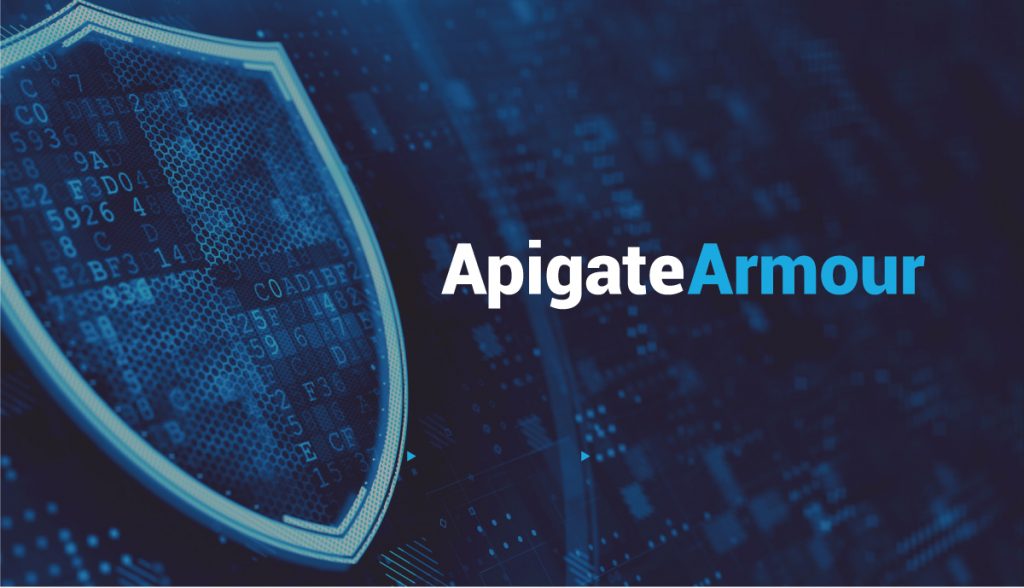There’s no denying that making payments with digital payment is faster, easier, and more convenient than conventional payment methods like cash or credit cards. These days, you can use digital wallets to buy just about anything whether online or at an on-site retailer.
By reducing the dependency on cash, digital payment decreases risks of handling cash like fraud, loss, and theft. In many countries, e-payments have eliminated the need for middlemen in money transfers thus increasing transparency in the transaction process.
Given the rise of digital payment use, especially in the past year during the pandemic, some people may wonder if it is actually safe.
Financial services companies such as banks have always implemented robust security systems to prevent fraudulent activities. For example, banks offering over-the-counter or even ATM services require customers confirm their identity with signatures and PINs. Other digital payment channels have security measures such as passcodes, security questions and others.
Security concerns – legitimate or unnecessary?
With technologies in the digital payment space evolving so rapidly as well as the growth of merchants and transactions, the security aspect is still making many people nervous about the risks. For example, entering information on a digital wallet that gives access to their financial information might raise concerns in some people regarding private data security breaches and cybercrime.
Since most digital payments are mobile apps, the security of the transaction relies on mobile phone technology and online security systems. Thus digital payment service providers have to ensure sensitive merchant and customer data are safeguarded at all points.
There may also be a security concern if a device is lost or stolen. That may give others access to the credentials used to log into the digital payments and perhaps even link to other accounts. In such cases, the user must immediately contact the mobile phone carrier to disable their smartphone and digital payment apps in order to prevent others from gaining access to sensitive information.
However, in regular usage, there is very low chances of a digital wallet being hacked. Digital wallets are protected with layers of device security, including APIs (Application Payment Interfaces), which are secure codes that send transaction data to a specific and verified site, ensuring your payment information is not publicly available online. Each digital transaction may have other layers of protection provided by parties involved in a transaction, such as the app itself, the credit card company, the retail outlet, or the bank. In short, payment data in a digital wallet is heavily encoded against hacks and attacks.
At Boost Connect, our robust security systems makes our platform among the top-in-class, ensuring our partners and clients are well protected from fraudulent transactions while ensuring a smooth experience for legitimate payments.
Other ways to enhance security
While digital payment apps have very tight security technologies surrounding them, you can prevent others from gaining access to your app and sensitive data with good security best practices.
- Secure your phone. Protect it with a unique passcode. You can add another layer of protection by making sure that the access and transaction verification password of your digital wallet is different from your phone password.
- Install extra security apps on you devices. Invest in a smartphone or computer locator device, or install a device locker to brick your device if it gets lost or stolen.
- Record the make, model, and serial number of your device. This includes noting the unique device identifier (IMEI and MEID) so that you can make a request to your mobile operator to disable your phone if it gets lost or stolen.
- Be wary of public wifi. Try to avoid using digital payment services over a public or unsecured wifi environment. If you really need to make a transaction, don’t key in your sensitive bank card information over the network.
- Be vigilant. Don’t click on unknown links. They could be malware that compromises the user’s device or email security and gain access to sensitive data contained there.
- Watch your bank accounts. Be alert so that you can immediately make a report if you notice suspicious activity.
As the digital payment space is still evolving rapidly, the most important factor that gives users the confidence to use these apps is security.
Talk to is if you want a partner who is on the cutting edge when it comes to enabling digital payments. Boost Connect’s API platform not only enables seamless digital payment integration, it also ensures unparalleled security.


